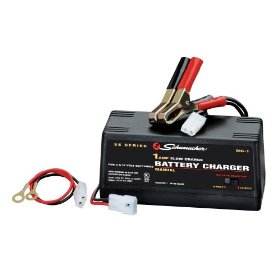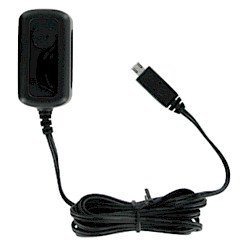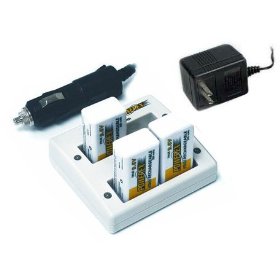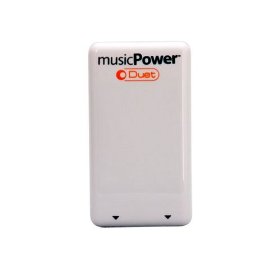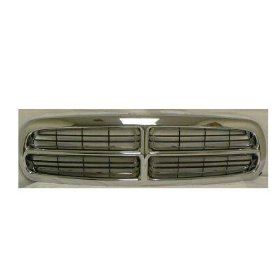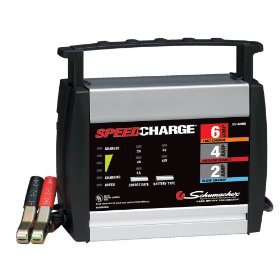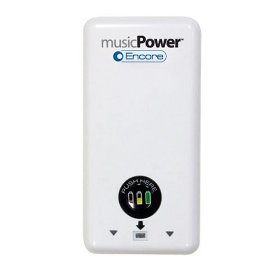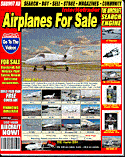 |

1969 Dodge Charger
|
More 1969 Dodge Charger's
For Sale,
Parts,
Repairs,
How To Fix,
Manuals,
Online Store,
Videos,
Images,
Restorations,
Shows,
Events,
Auctions,
Classifieds,
Clubs,
News,
Blogs,
Forums,
Magazines,
Die Cast Models
|
|
| Address: Scotts Valley, CA | |
Exterior Color: Red | |
| Interior Color: Black | |
Transmission: Manual | |
|
Contact Me...
|
|
|
1969 Dodge Daytona First NASCAR Grand National car to post a 200+ MPH race lap Winner of the 1970 Southern 500 Outside Pole Position of the 1970 Daytona 500 Powered by a 475+ Horsepower 426 C.I.D. Hemi The Winged Warriors In 1964 Chrysler re-introduced the Hemi engine to NASCAR racing with instant success and a victory at season's first race the Daytona 500. The engine was so good that NASCAR banned if for a short time in 1965. To level the playing field NASCAR allowed Ford to run two 4-barrel carbs and they became the cars to beat in 1968 and 1969. Chrysler was determined to regain the upper hand and began development of one of the most radical aerodynamic cars ever to race in NASCAR, the Dodge Charger Daytona and its stablemate from Plymouth the Super Bird. Featuring a wedge nose and tall rear wing they were nearly unbeatable in 1970 winning 38 of the season's 48 races. One of the leaders was the Dodge Daytona entered by Cotton Owens and driven by Buddy Baker. Owens and Baker started 1970 off strong, qualifying second for the Daytona 500. Their race ended early with ignition problems. Problems dogged them at Rockingham and Atlanta but they had the field covered in the Alabama 500 at Talladega leading 101 laps until a spin put them out of the race. While leading this race Baker accomplished a feat that will forever make this car famous: recording the first NASCAR race lap at over 200MPH. The # 6 Charger finished 2nd in the Firecracker 400 at Daytona, 4th at Atlanta, 6th in Michigan and 5th at Talladega 500. On September 7 Baker won the Southern 500 at Darlington, lapping second place finisher Bobby Isaac. The Chrysler wing cars were so dominate that NASCAR announce a rule change for 1971 limiting their engine size to just 305 cubic inches effectively eliminating them from competition. The car was raced for the last time in October 1970 at Charlotte. Baker qualified third and lead for over twenty laps before being taken out of the race by an accident. The car only sustained light sheet metal damage and was repaired by the Owens crew. In January of 1971 it was displayed by Dodge at Cobo Hall in Detroit. It was later moved to the NASCAR museum at Darlington. On July 19, 2005 the museum gave the car back to Cotton Owens. The car is not restored, but thoroughly cleaned, detailed and all mechanical components checked. It is just as it was last raced in 1970. Most recently it took second place at the 2012 Marin Sonoma Concours d'Elegance in the race car category. Race History Cotton Owens Dodge Charger Daytona driven by Buddy Baker Daytona, qualified 2nd, - DNF Rockingham - DNF Atlanta - DNF Alabama 500, led for 101 laps, first race lap at over 200 MPH - DNF Firecracker 400 - 2nd Atlanta - 4th Michigan - 5th Darlington Southern 500 - 1st Charlotte - DNF Buddy Baker Baker began his NASCAR career in 1959. In 1970, he became the first driver to ever exceed 200 mph (320 km/h) on a closed course. The same year, with a victory at the Southern 500, he became the first NASCAR driver to win the same race at the same venue as his father. During his career, Baker won nineteen races including the 1980 Daytona 500, NASCAR's most prestigious race. His victory remains the fastest Daytona 500 ever run, with an average speed of 177.602 mph. In 1997, Buddy Baker joined his father as an inductee in the International Motorsports Hall of Fame in Talladega, Alabama. He was inducted into the Charlotte Motor Speedway Court of Legends in 1995, and into the National Motorsports Press Association Hall of Fame inductee in 1997. He was named one of NASCAR's 50 Greatest Drivers in 1998. Cotton Owens NASCAR Hall of Fame Inductee 2013 There are successful drivers and there are successful owners. But, rarely are there both. Cotton Owens joins the NASCAR Hall of Fame as a master of the two crafts. Owens was more than successful behind the wheel, winning nine times in NASCAR's premier series competition, including the 1957 Daytona Beach road course which marked Pontiac's first NASCAR victory. He nearly won the 1959 championship, finishing second to Lee Petty. Concurrently Owens raced NASCAR modified stock cars and won the 1953-54 championships. But as an owner, Owens stood out as one of the greats of NASCAR's early eras. His eye for talent was unmatched. Drivers for Cotton Owens included many legends: David Pearson, Buddy Baker, Pete Hamilton, Marty Robbins, Ralph Earnhardt, Bobby Isaac, Junior Johnson, Benny Parsons, Fireball Roberts, Mario Andretti, Charlie Glotzbach, and Al Unser. Johnson spent only four races with Owens but with Pearson, well, that was another story. Twenty-seven of Pearson's 105 NASCAR premier series victories were recorded in a Cotton Owens car. The pair teamed to win the 1966 championship after Pearson, driving an Owens Dodge, finished third in points in 1964. In all, a total of 25 drivers climbed behind the wheel of Owens' cars in 291 races, earning 32 victories and 29 pole positions. In 1998 Owens was named one of NASCAR's 50 greatest drivers. In total, as a car owner and as a driver, Owens' career statistics include 41 wins and 38 poles in 487 races. -
|
|
Postcard | Email
Return to the Magazine
|

|









































